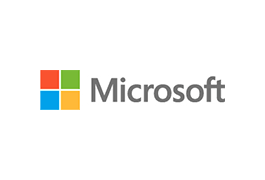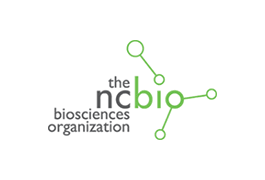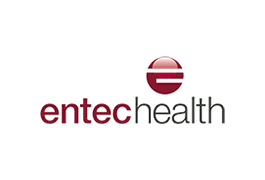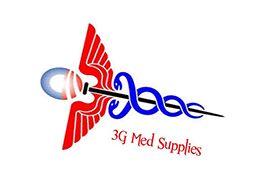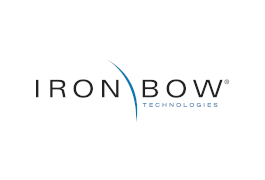As patient-centered approaches to health care gain favor, financial pressures in the healthcare sector mount, and competition for patients increase, health care organizations are continually looking for ways to improve their health care delivery, practices and outcomes. Involving patients more deeply in their own care and recovery is one such area of innovation.
The term ‘patient engagement’ refers to the collaboration between patients and providers, which aims to have patients willingly take some ownership for their own health, and as a consequence behave in a manner that improves their health outcomes. The theory of patient engagement is that those who are engaged, and can contribute to their own care plans, tend to have better health outcomes. Patients engaged in their health care and healing progress will often seek information from external sources to supplement that provided by their healthcare providers.
Patient engagement can span all aspects of the health care process—from prevention to diagnosis, to care plans, to compliance with these care plans and through to their satisfaction levels. Patient engagement contributes to improved health care outcomes for both patients and their care providers through:
More Informed Patients – Enhanced Satisfaction
A recent study for the California Health Care Foundation highlights that the use of online resources and electronic health information have the potential to improve care quality and satisfaction levels. Health information improves the patient’s access to care, the management of chronic diseases, the patient and family’s involvement in their care, and the operational efficiency of the organization providing the care.
In another study, a diabetic foot clinic demonstrated how a co-design method that encouraged patients to have an equal role in the review and development of their care has improved their services and patient outcomes. By encouraging patients to play a greater role in their own care, improving their communication, documentation and care planning and then designing their services around patient experiences, this clinic was able to identify barriers to healing and improve the healing progress for their patients. 97% of the participants in this study stated that the knowledge they gained about their wounds helped them to participate in their treatment plans.
Better Health Outcomes
Patient engagement can also improve patients’ healing progress. Care providers can see the positive impact patient engagement can have on a patient’s attitude toward health and motivation for healing. Patients who are provided with ongoing information, including images of their wound, charts showing their healing progress, and the theory behind their care plan are more motivated to play an integral part in their own healing process and do what is necessary to facilitate healing.
An ARANZ Medical published case study explored the effects of this with a paraplegic patient who had developed debilitating ulcers. Feeling frustrated with the bed-rest and inability to do anything for himself, the nursing staff shared the care information with him. By using ARANZ Medical’s Silhouette wound assessment technology, they were able to show the patient the wound, explain the behavior of it, and demonstrate how they wanted to heal it. The patient was then able to readily track the healing progress visit by visit. Being involved in this way lead to the patient bearing a central responsibility in the healing process of his wounds. He credits the positive impact Silhouette had with saving his life.
Furthermore, the above case study is not unique. By adopting Silhouette to involve patients in their own care, other organizations are seeing a rise in patient engagement and patient outcomes. Armed with timely information on their healing progress, patients can better understand their role in speeding up their recovery.
Improved Quality and Safety
Putting patients and their families at the center of the care team, allows them to be nurtured as allies and advocates in your efforts to improve quality and safety. By focusing on engaging the patient and their family, through providing information that will help the patient heal faster and keep them safer, the families will develop into your advocates. This approach encourages patients to make informed choices, use medication safely, consistently use infection control precautions, observe care processes, practice self-management, and know when to report complications. All of this translates into measurable improvements in quality and safety in an organization as you have staff, patients and visitors all working together to keep quality and safety standards high.
Enhanced Financial Performance
Whenever the time to heal decreases, money is being saved. With patients actively engaged in their health care, and actively working to improve their outcomes they are spending less time under the care of the hospital. This frees up resources, space, and time that the hospital could spend elsewhere. Furthermore, the risk of malpractice suits due to frustrated patients who do not understand and contribute to their care is reduced.
Elevated Employee Satisfaction
While patient engagement impacts their satisfaction, it also increases employee satisfaction. Staff are able to have better, more productive conversations with patients, see better outcomes for them and feel like they are making more of a difference in their jobs. This good practice can only have a positive impact on retention rates.
Increasingly, patients are taking a more proactive approach to gathering information concerning their health care and its likely outcomes. ARANZ Medical’s Silhouette system is one such source of proven and trusted information that is key in driving patient engagement and the positive outcomes that follow.
Doc Number: 2017-00157

